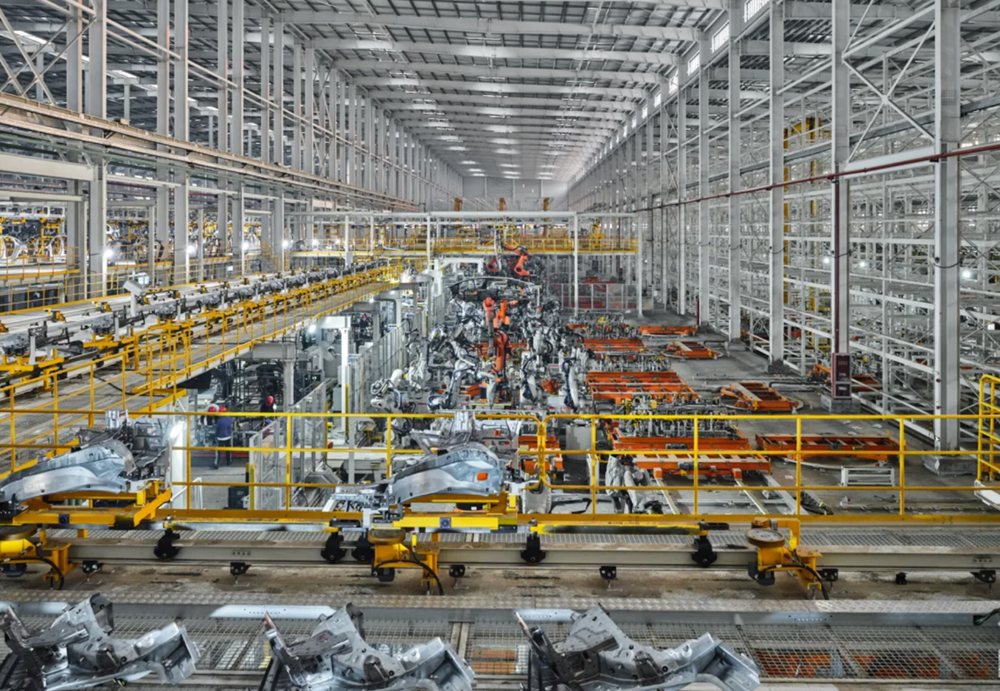
The global tech industry has been experiencing massive layoffs since 2022 and they are continuing to this day. According to data from layoffs.fyi , a site that tracks tech company layoffs, 2024 saw more than 150,000 job cuts at 542 companies, following significant cuts in 2022 and 2023.
Major companies like Tesla, Amazon, Google, TikTok, Snap, and Microsoft have already made large-scale layoffs in 2024, while smaller startups have also been hit hard, with some even having to shut down completely.
Microsoft has been making several rounds of layoffs since the start of 2025. In January, the company laid off nearly 1% of its workforce based on performance reviews. By May, more than 6,000 people had been laid off, and at least 300 more were cut in June.
The most recent round, in early July, the company continued to announce cuts of about 9,000 employees globally, including many departments and ranks. Meanwhile, Meta Platforms also cut 5% of its workforce earlier this year after performance-based reviews. And Google made layoffs but did not “fill the void”.
According to observers, the layoffs by technology giants around the world reflect a trend of more selective hiring to improve work efficiency, while prioritizing investment in high-value technological advances.
The layoffs come as the global tech industry looks to focus on AI. Startups and tech giants alike are automating and reinventing the way they operate. And as they focus on AI, they need to raise large sums of money to improve their workforces.
In fact, despite the reduction in staff size, both Amazon and Microsoft have increased their financial investment in AI infrastructure. Microsoft plans to spend about $80 billion this year, mainly expanding its data centers to serve AI-related services.
Meanwhile, Amazon is spending even more, up to $105 billion on the AWS cloud segment. A report from Goldman Sachs bank estimates that generative AI could automate up to 25% of jobs in some industries, including marketing, administration and customer care in the near future. Experts say that in the long term, these changes help companies "survive" and continue to grow.
In early July, Amazon announced the deployment of its 1 millionth robot, saying the entire fleet would be powered by a newly released generative artificial intelligence model.
Scott Dresser, vice president of Amazon Robotics, said the milestone of 1 million robots joining Amazon's global network of more than 300 facilities has helped solidify the company's position as the world's largest manufacturer and operator of mobile robots. The company's new AI model, called DeepFleet, will coordinate the movement of robots to complete orders, reducing travel time by 10%, speeding up delivery and saving costs.
Not only Amazon, Xiaomi's super factory (China) also operates in a state of human absence on a fully automated "production line". The factory has an automation rate of up to 91%, while key processes such as large-scale molding reach a rate of 100%. With more than 700 AI robots operating around the clock, Xiaomi claims the electric vehicle factory can achieve outstanding production capacity.
Clearly, advances in AI algorithms are bringing the potential for more extensive automation and a trend toward completely human-free manufacturing in the coming years.
From the context of staff cuts, prioritizing investment in AI, to the participation of robots in manufacturing activities, the world in general and the technology industry in particular are entering a large-scale structural overhaul to reshape the global labor market. This will be an inevitable trend to bring better work performance that technological progress is bringing.
Source: https://baovanhoa.vn/nhip-song-so/cuoc-tai-cau-truc-cua-nhung-ga-khong-lo-cong-nghe-149888.html






![[Photo] Cat Ba - Green island paradise](/_next/image?url=https%3A%2F%2Fvphoto.vietnam.vn%2Fthumb%2F1200x675%2Fvietnam%2Fresource%2FIMAGE%2F2025%2F12%2F04%2F1764821844074_ndo_br_1-dcbthienduongxanh638-jpg.webp&w=3840&q=75)



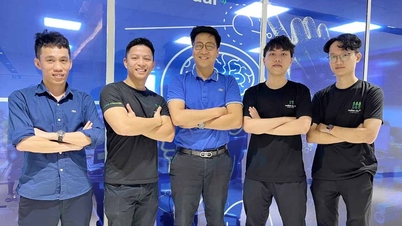


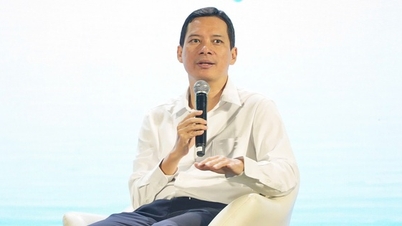






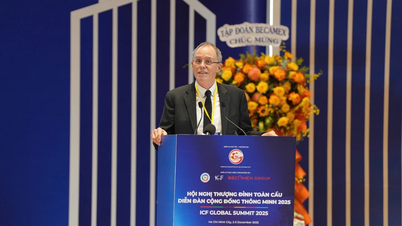














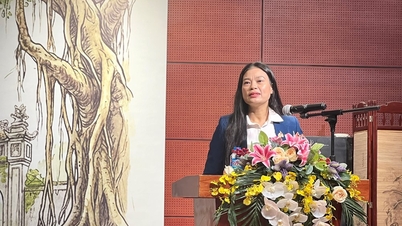
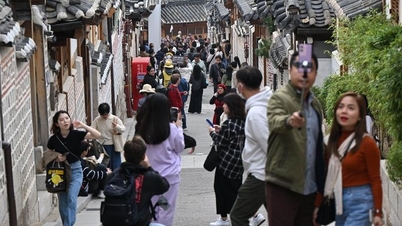



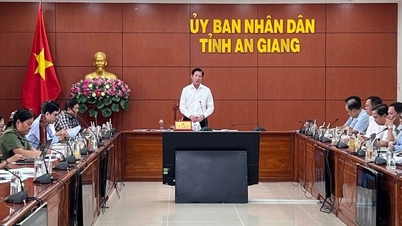

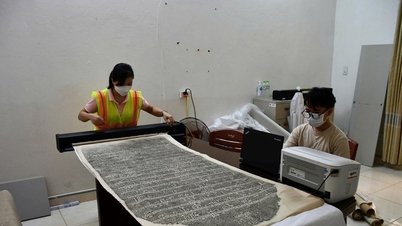




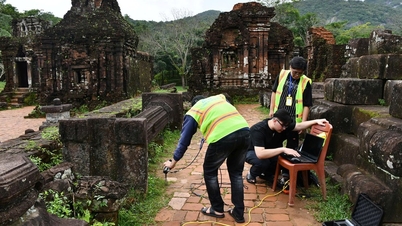











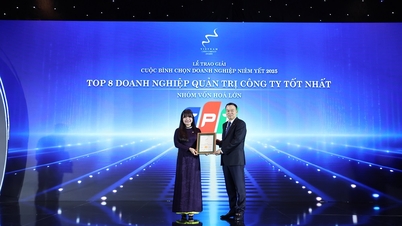



![[VIMC 40 days of lightning speed] Da Nang Port: Unity - Lightning speed - Breakthrough to the finish line](https://vphoto.vietnam.vn/thumb/402x226/vietnam/resource/IMAGE/2025/12/04/1764833540882_cdn_4-12-25.jpeg)










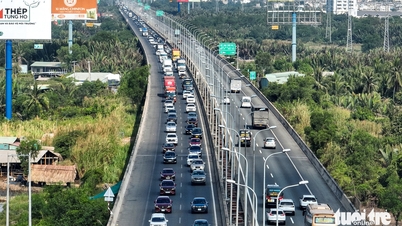




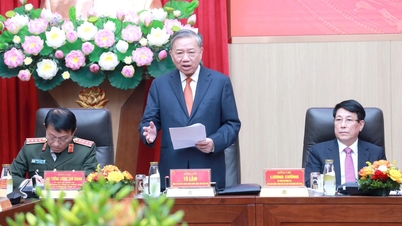

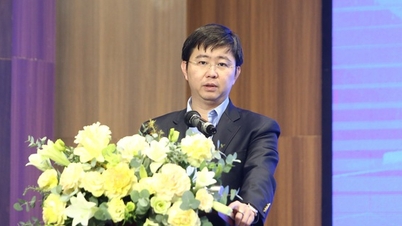




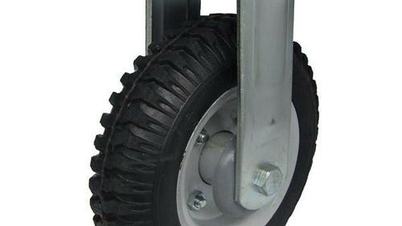




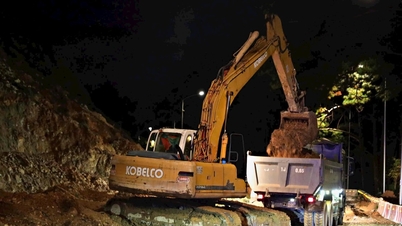


















Comment (0)